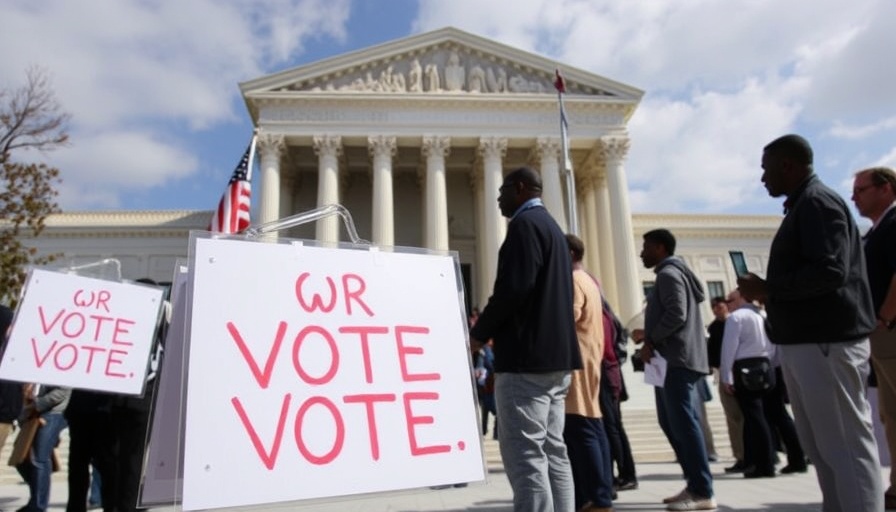
A Scare at Union Square: A Community Reacts
On a seemingly routine Saturday afternoon, Union Square in San Francisco became the center of a pulse-quickening incident. At around 4:30 PM, the famed Macy’s store was evacuated after reports surfaced of an "explosive device" in the area. This triggered an immediate response from local law enforcement, who swiftly arrived to ensure the safety of all present.
Witnesses at the scene couldn’t help but feel a mix of anxiety and curiosity as they observed multiple police vehicles and officers, including trained K-9s, scouring the store. Fortunately, after thorough searching, authorities found no indications of explosives, allowing the store to reopen to shoppers by the next day.
The Importance of Swift Action
The quick response of the San Francisco Police Department (SFPD) deserves recognition. In current times where public safety is a top priority, their readiness to act decisively ensures that situations like this are handled appropriately. A spokesperson from Macy’s voiced appreciation for the police work, stating: "The store was safely evacuated, screened, and closed as scheduled for the evening." Such prompt actions remind us of the importance of vigilance and the dedication of law enforcement officers who protect our community.
Shifts in Local Culture: Reflecting on Macy’s Future
This incident carries a deeper significance when considering the future of the Macy’s store itself. While present operational concerns were satisfied, this location has recently navigated a tumultuous path, with announcements regarding its potential closing circulating last year. With ongoing buyer interest and the community’s hope that Macy’s can remain a vibrant part of Union Square, recent events only underscore the urgency for stakeholders to connect with local desires.
Community Connection: A Silver Lining
Despite the alarming evacuation, there’s a heartwarming development on the horizon: the return of adoptable puppies and kittens in Macy’s window just before Thanksgiving. Beginning November 21, the SF SPCA will showcase adorable pets, inviting the community to engage with a cause that's incredibly close to many hearts. This unique collaboration between local retailers and animal welfare organizations can bring a smile and a purposeful distraction from the week’s events.
Reassessing Safety in Our Retail Spaces
This unexpected evacuation serves as a reminder for shoppers and visitors to maintain awareness within bustling urban centers. While incidents of this nature can provoke fear, they also illuminate the robust safety measures implemented to protect the community. As we frequent retailers like Macy’s, our reassurance lies in knowing that local authorities are prepared for any situation. Building trust between officials and the community makes for a resilient, united city.
Conclusion: Reflect, React, Reconnect
As life in the Bay Area resumes its rhythm after the evacuation scare at Macy’s, it’s essential to reflect on our shared experiences and how they shape our sense of security and community. If you found value in this narrative, consider engaging with local events and businesses as we advocate for a community that supports one another through both joyous events and unforeseen challenges.
 Add Row
Add Row  Add
Add 



Write A Comment